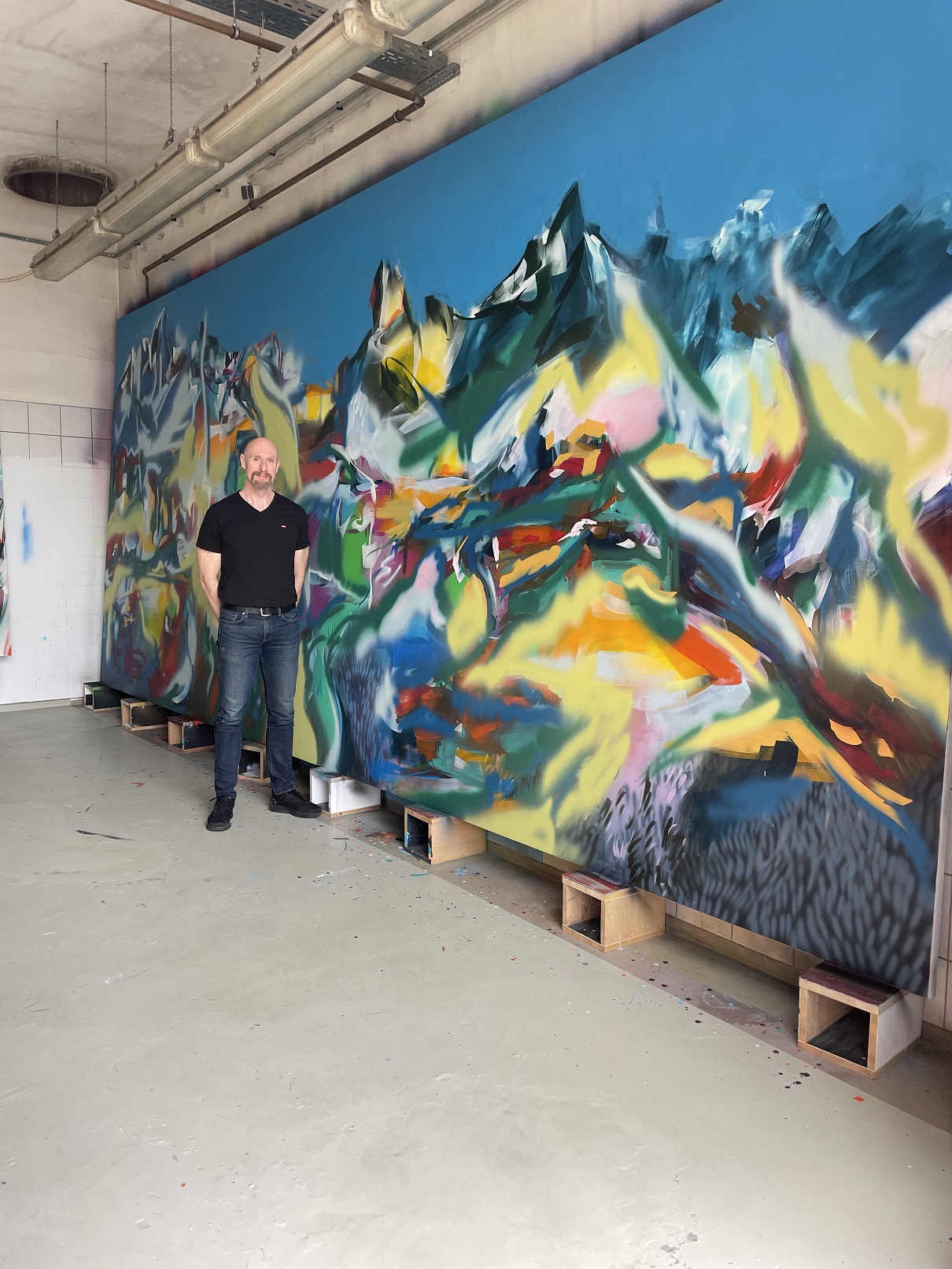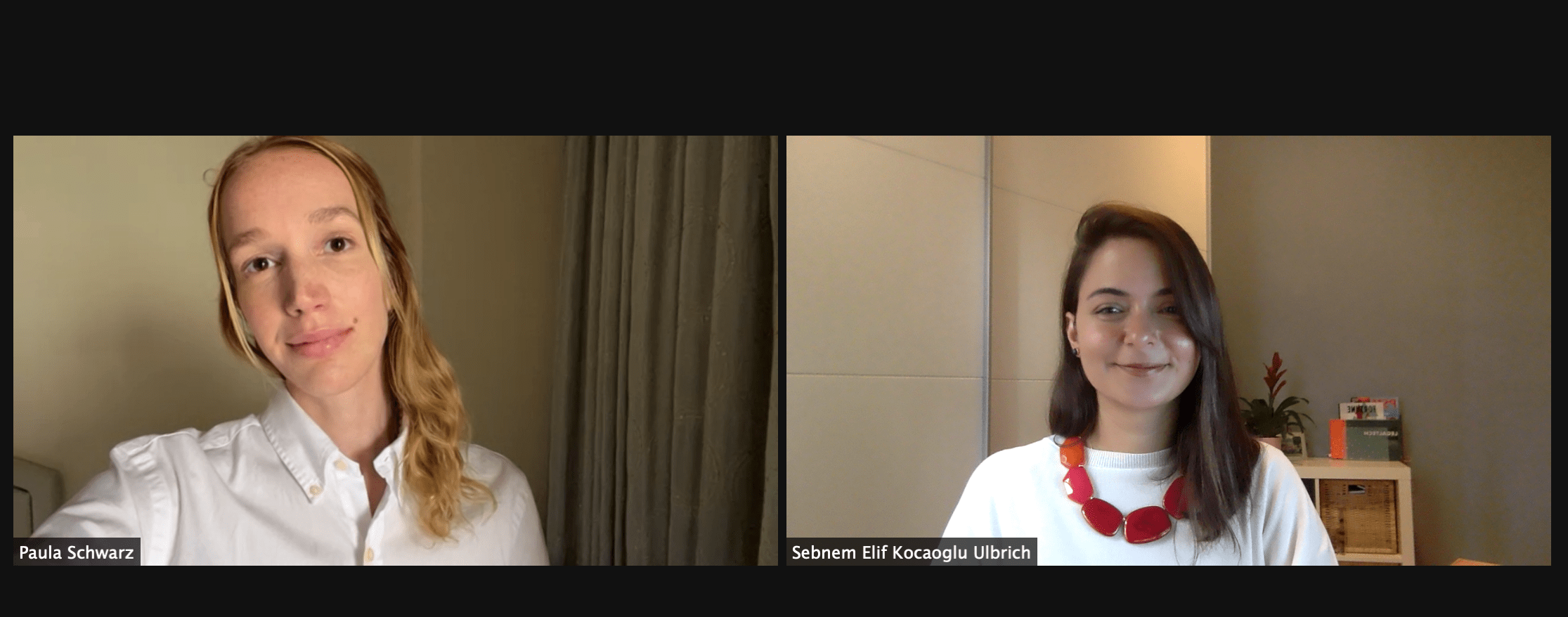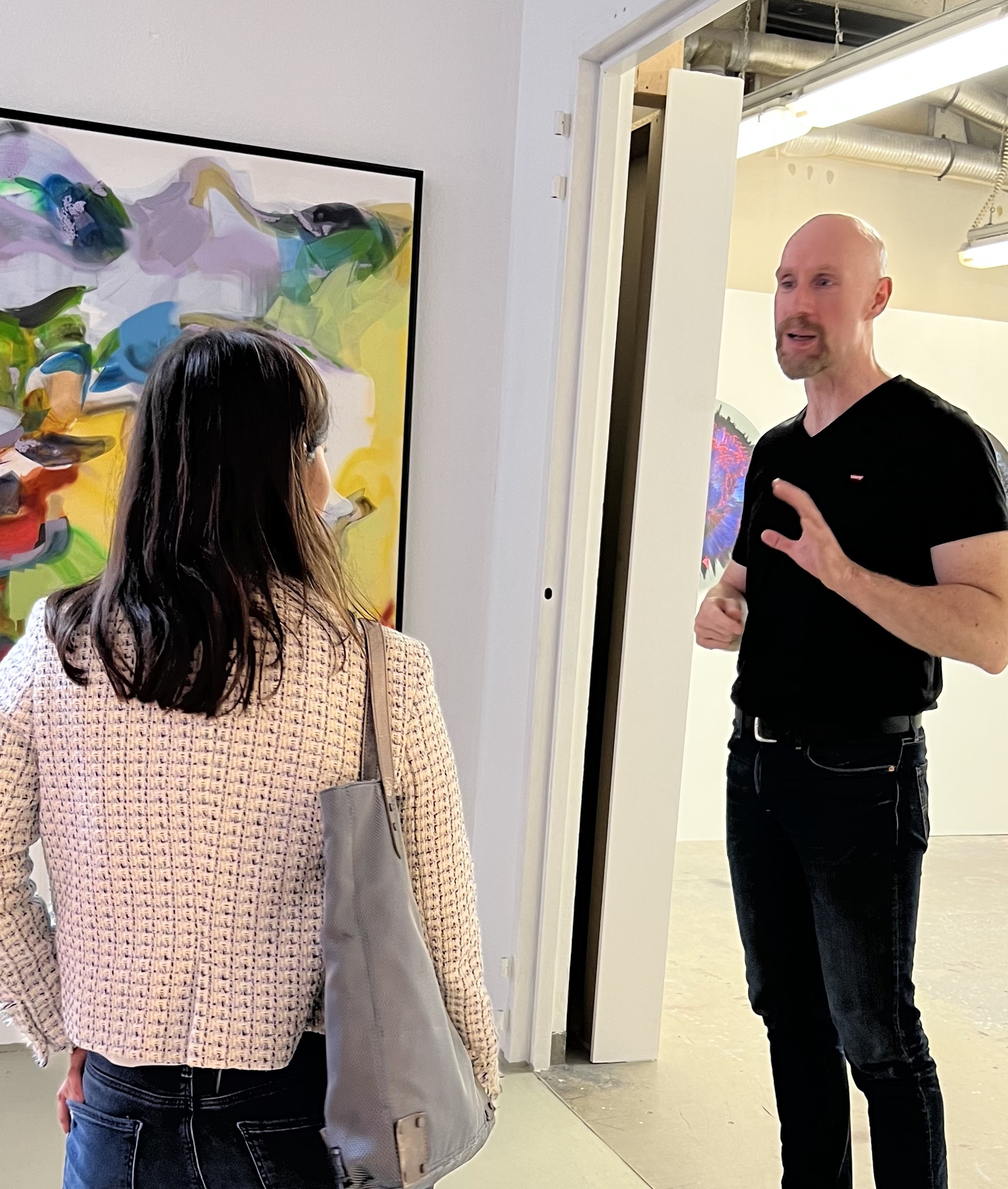Reason to trust

How Our News is Made
Strict editorial policy that focuses on accuracy, relevance, and impartiality
Ad discliamer
Morbi pretium leo et nisl aliquam mollis. Quisque arcu lorem, ultricies quis pellentesque nec, ullamcorper eu odio.
Web3 “for Good” and other Web3 Challenges
Can web3 create the equal, honest internet and financial system it promised? It is too early to say. But, since this summer, we see polarization about the impact of web3 grow more significant.
The problem may lie within the definition of web3, or the lack thereof. There is no universal definition of web3 and the topics around it. The lack of definition comes with divergent expectations and predictions. Therefore, non-experts cannot differentiate between terms such as DeFi, digital assets, crypto, web3, etc.
It’s human nature to explain things using examples that sound or look close to them.
After visiting a city for the first time, we feel the need to describe it compared to another town we know. After trying ethnic cuisine in a restaurant, we would discuss what resembles our local cuisine. Web3 suffers from the same fate, only worse, as it came out of nowhere and didn’t resemble anything we have ever known. That was when the race to associate it with something more familiar started so that we could understand and predict it better. The race continues until this day.
Another Web3 challenge lies within the term itself. The term “Web3” indicates that it might replace or improve “Web2,” and as we all know, this is not what it is. Web3 is a world on its own and, just like Web2, offers some applications that provide value and some that do not. Some people are working towards bettering humanity using Web3, while others seek to get rich at the expense of others (just like Web2!).
What if Web3 is not like anything we have known, though? That means the values and the roles we have attributed to it might not be so relevant. Web3 might not have to solve everything at once or become the digital saviour the public expects. If we accept this down-to-earth point of view, we will see that even a couple of good use cases would suffice to make it worthwhile. It might bring the good it promised, as good often lies within the value created.
The most important thing to remember while familiarizing or flirting with Web3 (and its products) is to evaluate all applications and projects separately, not to compare apples with oranges. Once we stop broad Web3 categorizations, the opportunities out there, just like the project we are going to discuss today, will reveal themselves.
NFTs for Diversity in Tech and Art
As with other Web3 products, NFTs suffer from overambitious value attribution. According to Bloomberg, NFT trading volumes have collapsed 97% compared to the peak in January this year (2022). Not many people knew about NFTs until the mid-2021s, and then from one day to another, it became the “wonder child of Web3”.
If, however, the media hadn’t approached NFTs like a “summer pop hit,” the public wouldn’t have lost interest in the topic and would have been closer to grasping their potential value.
It’s still not too late. If we let aside our differences (and our trading losses from last summer), even the most cynical web3 defier would be able to see that NFTs lay perfect grounds for fundraising and charity projects and for creating a level playing field in the art community.
Take “NFTs4Refugees,” for example, “saving lives, one artwork at a time.” Announced during the Data Natives Conference in Berlin for the first time this summer, the project brings a colorful talent pool together, demonstrating how artists, techies, entrepreneurs, and refugees can work in harmony, aiming to solve the issues of refugees.
In the following chapter, we will unbox the project by talking to its artistic lead, Roman, and then Paula, the entrepreneur behind the project.
Creating an NFT Project: An Artist’s Perspective
Roman Lipski, the Berlin-based painter, is a great representative of the evolution of the art scene. Whether you call it ArtTech or not, the art industry is changing, with some artists resisting and resenting and others catalyzing and leading. Belonging to the latter group, Roman has expanded his classical approach, using quantum tech and AI, and is now dipping his toes in the NFT scene.

Roman’s Quantum Blur art is celebrated and recognized globally. However, he confided with us that this wasn’t always the case. “I lost some of my loyal collectors when I started with the Quantum Blur,” said Roman, adding that there is a big fear among classical art collectors about the new tech developments.
According to Roman, once he started interacting with the “new art,” he couldn’t help himself. “AI made me more social,” explained Roman while we were browsing his AI works, sharing that he had to collaborate with techies and scientists as part of his practice, which changed and developed him as a person. Accordingly, he is more in control of the art using quantum, and AI is more random; however, the randomness makes the process more surprising.
Roman believes that the mainstream media feeds the public with fear about technology and reveals that he was also skeptical initially. However, he has seen the value and is ready to fight the cynics with his NFT project with entrepreneur Paula Schwarz. He thinks NFTs and blockchain will cut out the middlemen (galleries) and make art freer and more diverse. He is excited about the possibilities and the creativity around it.
“When Paula asked me about the project, it made me think, but I found it to be a great learning opportunity, and I believed in the value,” explained Roman of his involvement with NFTs4Refugees. He can relate to the challenges of the immigrants because of his experience fleeing communist Poland shortly before the wall fell. He said that due to his first impressions of the world, his art used to be dark, but now it is very colorful as digital art, and the collaboration and support he has experienced in the ecosystem has allowed him to explore a more positive narrative.
Roman is an early adopter of digital art but not a possessive one. He encourages all artists to try “digitalization,” even if it is scary. “Every person who tries to create something is an artist anyway, so why not increase competition and diversify art,” he says, referring to the many NFT & art projects in the ecosystem.
“The artistic qualities of NFTs do not matter. This is merely a platform, and it gives people the chance to try things out,” concludes Roman, adding that he believes that NFTs will democratize the art market and the value is merely in being a part of it and “not being better than each other.”
Creating an NFT Project: An Entrepreneur’s Perspective
NFTs4Refugees is a humanitarian project. However, unlike many NFT projects that aim to capitalize on the hype, an experienced social entrepreneur is behind this project, bringing different cultures, backgrounds, and generations together.
Paula Schwarz is a German-Greek heiress who works as an entrepreneur and philanthropist. Starting her career in venture capital in China, she continued building ventures in Africa (and won an award for her work). Paula “fell in love with the topic of migration” after the unrest in the Middle East started spreading to Europe. She then initiated the mobile think tank “Startup Boat,” building platforms for refugees, together with other brilliant entrepreneurs and tech companies. During that time, she had the chance to work in refugee camps, where she observed brutality firsthand. Paula wants everyone to know that during her camp work, she realized that there is a big reality gap regarding refugees.

Although her humanitarian work and efforts were appreciated throughout, she was also expected to respect her family’s business heritage and art patronage, and that’s when she started working closer to the art scene.
Using her technology expertise, Paula helped her family’s art foundation (Schwarz Foundation) transition to a more digital space, where she discovered the power of art. She later decided to create NFTs4Refugees to help artists familiarize themselves with the digital art space using NFTs. She believes that “technology can enable people who have less” and believes in promoting peace through art which NFTs are a perfect link for.
For Paula, the quality of the NFTs4Refugees platform is more important than artwork quantity, meaning that she still wants the NFTs to have an artistic value so that the donors can have a piece for the future. However, as the project aims to lower the entry barriers to the market, they are also planning to display the works of promising young artists.
NFTs4Refugees is helping refugees in other ways as well. In addition to Roman and other prominent artists’ works, refugee artworks are displayed on the platform. For these refugees, art is a way to heal the migration trauma. A charity project from refugees for refugees, if you will. The platform is also selling tickets to exciting events to finance refugee needs further.
In addition to acting as the project initiator and connector, Paula pulls all the operational strings. When I asked about the secret sauce of bringing together Silicon Valley techies, European artists, Middle Eastern refugees, and different generations of patrons and investors in her family, she highlighted the need for a common goal and open and constant communication among team members. She adds, “So many people criticize the world for what it is but do not appreciate what is there. I wanted to attempt to fix it. At one point, when I looked at my life, I saw all the necessary parties and the project ingredients there. Most refugees lose everything when they leave their homes. I wanted to honor the fact that I have something to build up from. I didn’t want to fall into the vicious cycle of being in humanitarian work to help people and consequently losing faith and motivation because of all the negative experiences one can be exposed to in the ecosystem. Using my heritage, personal values, inspirations, and empowerment by my kids, I decided to build something useful for the future.”
Paula is currently working on new NFTs4Refugees features and events where she will come together with digital art investors (you can read more about them below). She is additionally assembling a team for art education and the communications sides of the project. So, give her a shout-out if you feel like you can contribute.
Further Project Details & How Can You Contribute?
NFTs4Refugees is a charity project, and 95% of the proceeds of NFTs4Refugees will go to NGOs that work with refugees. The platform aims to close the gap between enormous profits in the art markets and the cost of humanitarian support for NGOs.
The project is currently in the BETA stage and only displays the artworks created by the refugees. Art&Co, the world’s largest art auction initiative, will handle the auctions as a trusted partner.

You can do your part by purchasing these artworks (or later Roman’s). The platform aims to offer more than just pictures (circumventing the hype) and will also offer video formats. Finally, staying active on the platform, solving “challenges,” and spreading the word grants investors reward points they can redeem later for events.
Even during the BETA stage, gracious donors have already purchased several artworks, and the project is cash flow positive.
You can check out the BETA platform here. Additionally, you can get to know more about the project during the Ritossa Family Office Investment Summit (October 18th-20th), the World Datanomic Forum (October 21st) in Dubai, or Miami Art Basel (December 2nd), if you happen to be around. In parallel, sponsors and supporters of the project will be invited to intimate gatherings in Dubai, Miami, and Berlin as the platform hopes to create a strong community among NFT enthusiasts.
About the Author:
Sebnem Elif Kocaoglu Ulbrich, LL.M., MLB
Founder, Contextual Solutions




















